A high integrity pressure protection system (HIPPS) is a type of safety instrumented system (SIS) designed in accordance with IEC 61508 to prevent over-pressurization of pipelines or vessels in a plant.
The HIPPS is a distinct application of a safety instrumented system (SIS) designed.
High Integrity Pressure Protection System
Purpose of HIPPS
The purpose and function of a HIPPS is engineered to isolate and protect the downstream vessels and pipeline equipment against overpressure by closing at the source. Usually, this is done by closing promptly one or more dedicated safety shutoff valves to prevent further pressure rise of the piping downstream from those valves.
A HIPPS is considered as a barricade between high pressure and a low-pressure section of an installation.
A HIPPS is also commonly referred to as a “high integrity pipeline protection system,” because many HIPPS design/cost studied are associated with field layout pipeline/flowline designs. The above figure shows how a HIPPS is applied in subsea field development.
Traditional System
In traditional systems, overpressure is dealt with by a relief mechanism, which is mounted on individual vessels. Conventional local mounted pressure relief systems have disadvantages such as the release of flammable and toxic process fluids or their combustion gases to the environment.
With increasing environmental awareness, a pressure relief system is not always an acceptable solution. However, because of their simplicity, relatively low cost, and wide availability, conventional relief systems are still often applied in individual pressure vessels.
A relief system will open an alternative outlet for the gas or fluid in the system once a set pressure is exceeded to avoid further increment of pressure in the protected system. This alternative outlet generally leads to a flare or venting system or blowdown to dispose of the excess gas or fluids safely.
A relief system works by removing any excess inflow of the fluids for safe disposal, where a HIPPS aims at stopping the inflow of excess fluids and holding them in the system.
Modern System
The HIPPS is designed as a system that detects rising pressure in a flowline and quickly shuts one or more isolation block valves before the pressure can rise too high. This requires a very highly reliable and available system as well as a fast-acting.
Therefore, the main components involved in HIPPS are as follows:
- Pressure transmitters (also called initiators);
- Dedicated Logic solvers.
- Independent HIPPS safety logic from the basic process control system (BPCS).
- Redundant valves (Final Control Elements)
In this system, 3 pressure transmitters as field devices are connected to the logic solver. The logic solver hardware is designed and certified in compliance with the chosen SIL level.
Based on the 2oo3 voting logic, the logic solver will send an output signal to the final control element. The final control elements are two block valves that are in a series move to shut down state and stop the flow to downstream facilities to prevent them from exceeding maximum operating pressure.
The 2oo3 voting with a logic solver system has a high degree of availability and redundancy.
If there is a failure of one transmitter out of three, the final control element receives a control signal from a logic solver with 2 transmitters.
If there is a failure to operate one block valve, another block valve will come in to picture to save facilities from high-pressure protection.
The HIPPS will shut off the source of the high pressure before the design pressure of the system gets over-pressurized, thus preventing loss of containment through the rupture of a pipeline or vessel.
Summary:
- HIPPS provides environmental protection
- Minimizes Flare load or blowdown load issues.
- Risk from catastrophic overpressures can be avoided.
- Economically viable.
Read Next:
- Earthing of PLC System
- Interposing Relay in PLC
- Different Parts of DCS
- Instrumentation Design
- PLC Alarm Acknowledge
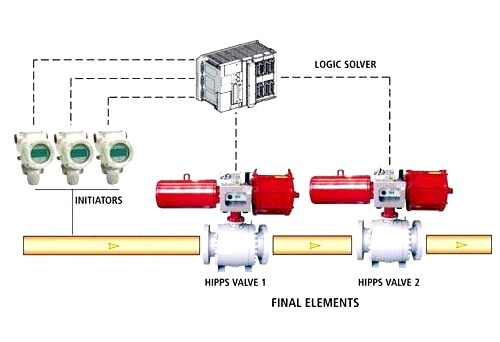
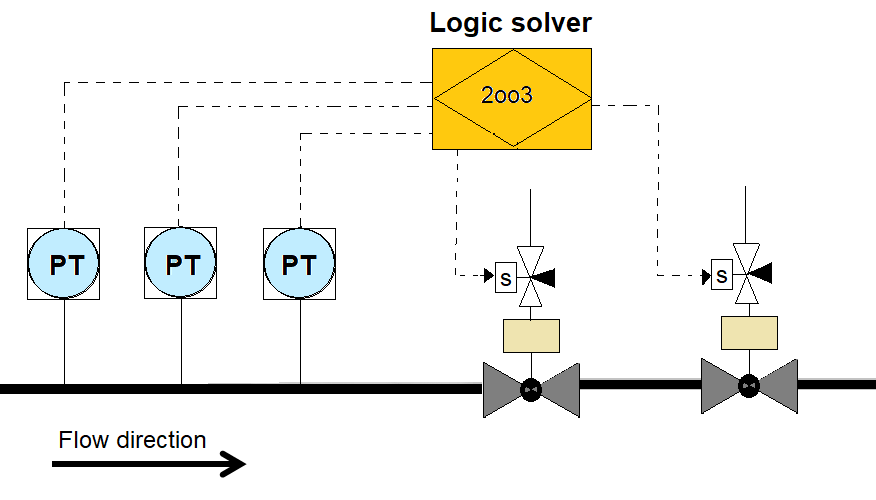
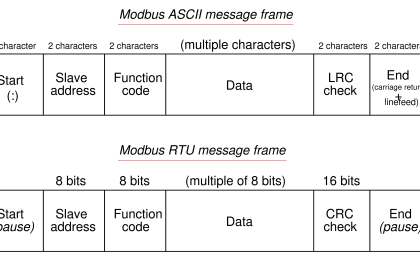
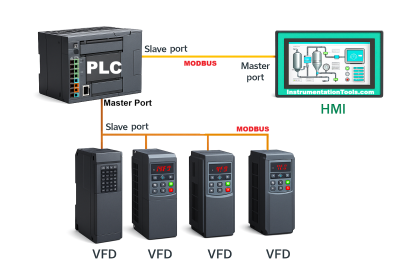
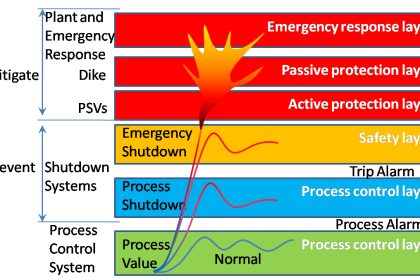
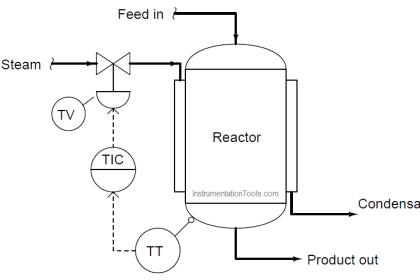
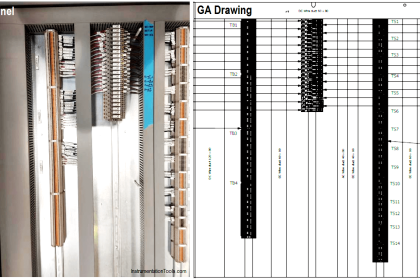

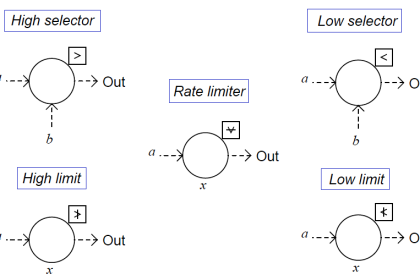
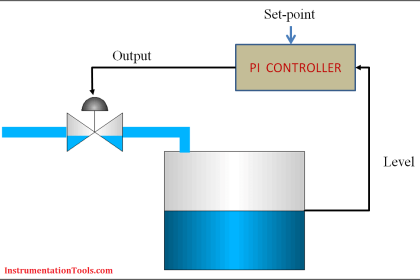

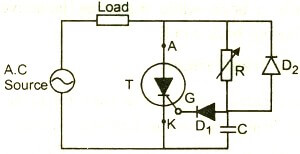
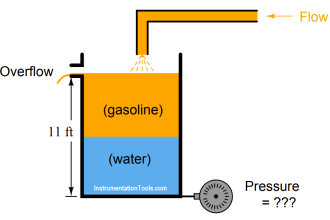
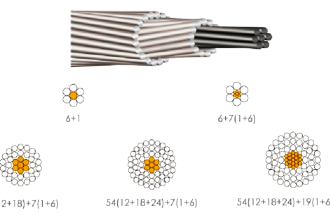
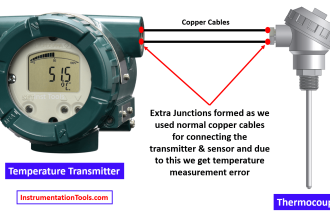
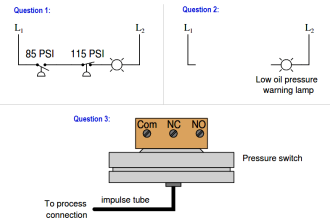



Dear Resource Manager, Kindly educate me on HOT GAS GENERATOR used in Cement Factory.
Yeah great , this article summarizes clearly what is purpose of HIPPS, In addition to that testing intervals and Failure modes can be explained as well.